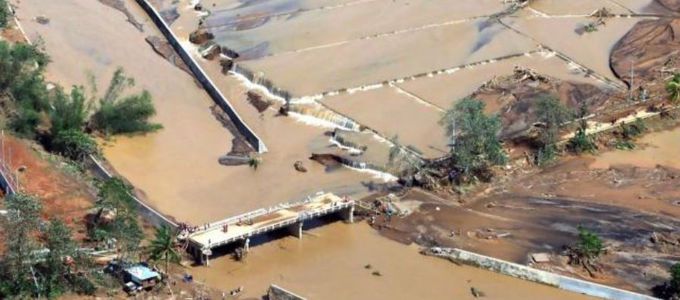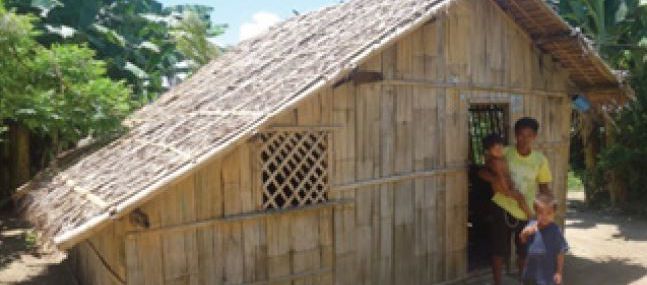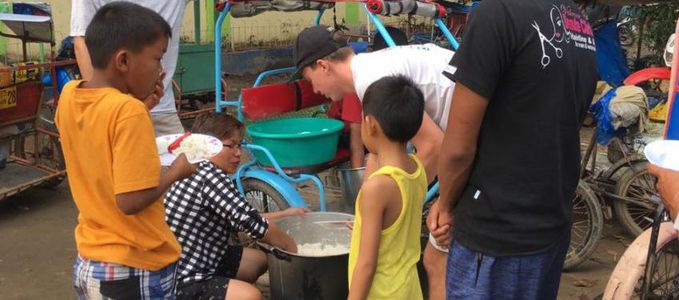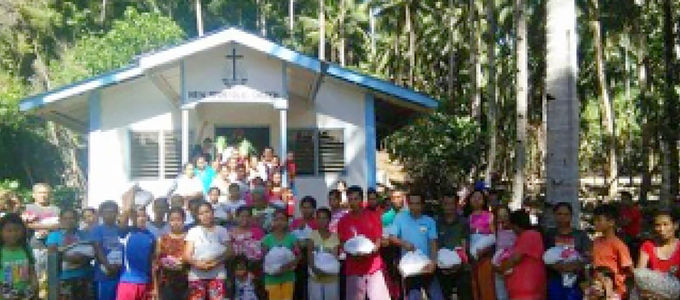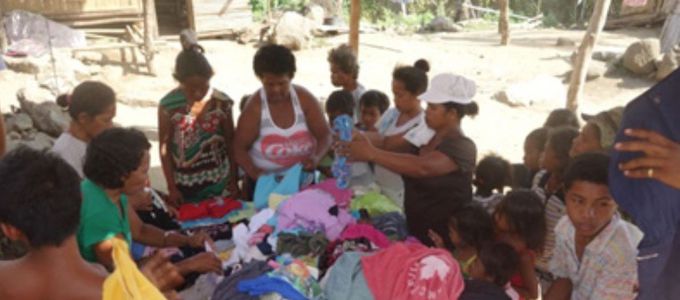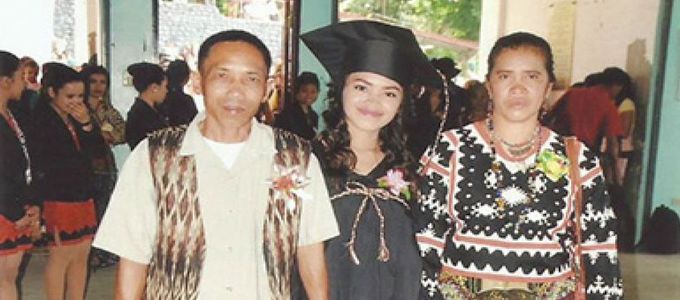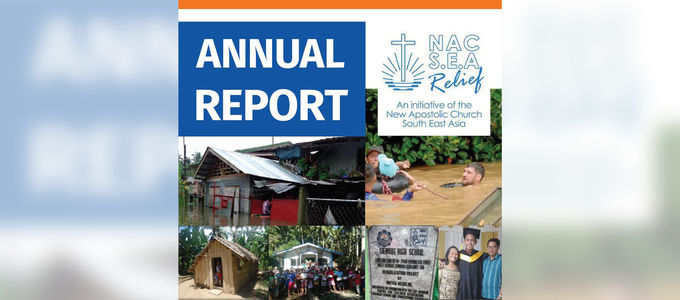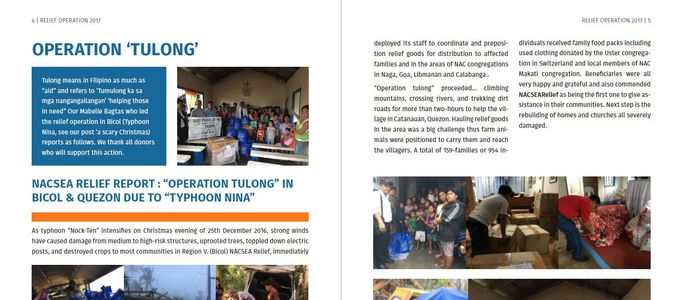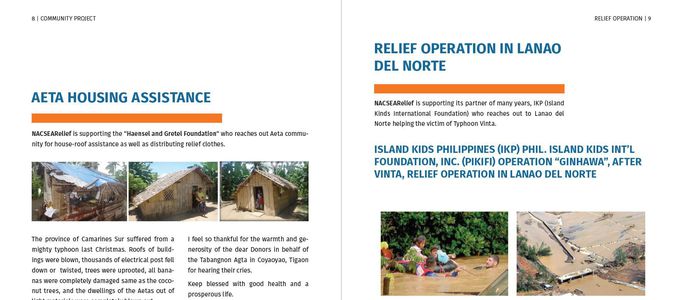What starfish and humanitarian aid have in common
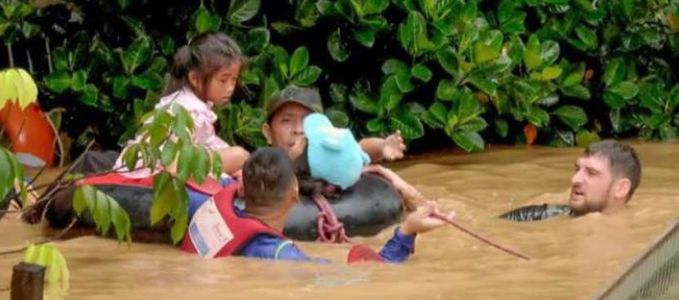
Why is humanitarian aid needed in a country with a booming economy? The answer is given in the NAC SEA Relief Fund’s annual report for 2017.
Having to help where there is money? “That is indeed a question which can be mind-boggling,” District Apostle Urs Hebeisen writes in his foreword. He is the president of this initiative run by the New Apostolic Church South-East Asia (NAC SEA). “We ask ourselves this question.” It is important for us, he says, that help and support make common sense and are not motivated by some kind of hidden agenda or motifs of pride and reputation.
Not everyone benefits from a booming economy
The answer is clear: “We realise that even in time of economic successes there are losers, usually those who cannot help themselves, are marginalised, sick, and have no chance even when things are going well around them.”
These are aspects the charity considers when planning its various commitments. “Social calamities are often a consequence of inadequate education,” the District Apostle says. “Education is often not just a matter of money, but a lack of infrastructure,” he adds. And then there are the natural disasters, and hard working families lose everything from one moment to the next. “Often, in many areas, people have simply just been forgotten.”
Emergency aid and reconstruction
The greater part of the 2017 annual report deals with emergency aid in the Philippines, accounting for a quarter of the total expenditures. This ranges from Operation Tulong to help a village in the region of Quezon, where 159 families received food packages and clothing after a typhoon, to providing 200 families with food and medicine in the region of Caraga after a flash flood.
The aid organisation also works with partners, particularly in helping victims of typhoons: for example a reconstruction project in the village of Aeta in co-operation with Haensel and Gretel Foundation, or the emergency aid provided in the area of Lanao del Norte, where NAC SEA Relief supports Island Kinds International Foundation—a partner of many years—in reaching out to victims of Typhoon Vinta. A good third of the funds are used for such co-operations.
Investing into the future
NAC SEA Relief is also involved in the field of education. On the one hand, the charity helps communities with much needed infrastructure such as classrooms. One such project is being planned in the remote region of Tiboli for example. On the other hand, the charity also supports students and grants scholarships. About 33 students are currently receiving grants through this programme. In this way, the charity invests approximately one fifth of its financial resources in the future.
An important pillar is the personal commitment of the staff, volunteer workers, and others. A group of 40 young people from Switzerland was in the Philippines in 2017. Prior to their trip they had engaged in various fundraising activities and brought a substantial donation for NAC SEA Relief. There were three beneficiaries: Mariphil Children Village in Panabo on Davao, Island Kids Philippines in Cagayan de Oro, and Familiar Mission in Doljo on Bohol.
Every drop counts
The District Apostle says that reading the annual report one might think that the charity has not accomplished more than the proverbial drop in the ocean. “Yet every drop makes a difference.”
He goes on to relate the story of a boy who was saving starfish from drying out on the beach by throwing them back into the water. They had been washed ashore. A passerby said to the boy, “There are miles of beach. You won’t be able to make much of a difference.” The boy bent down, picked up another one, and threw it into the ocean and said, “It made a difference for that one.”






